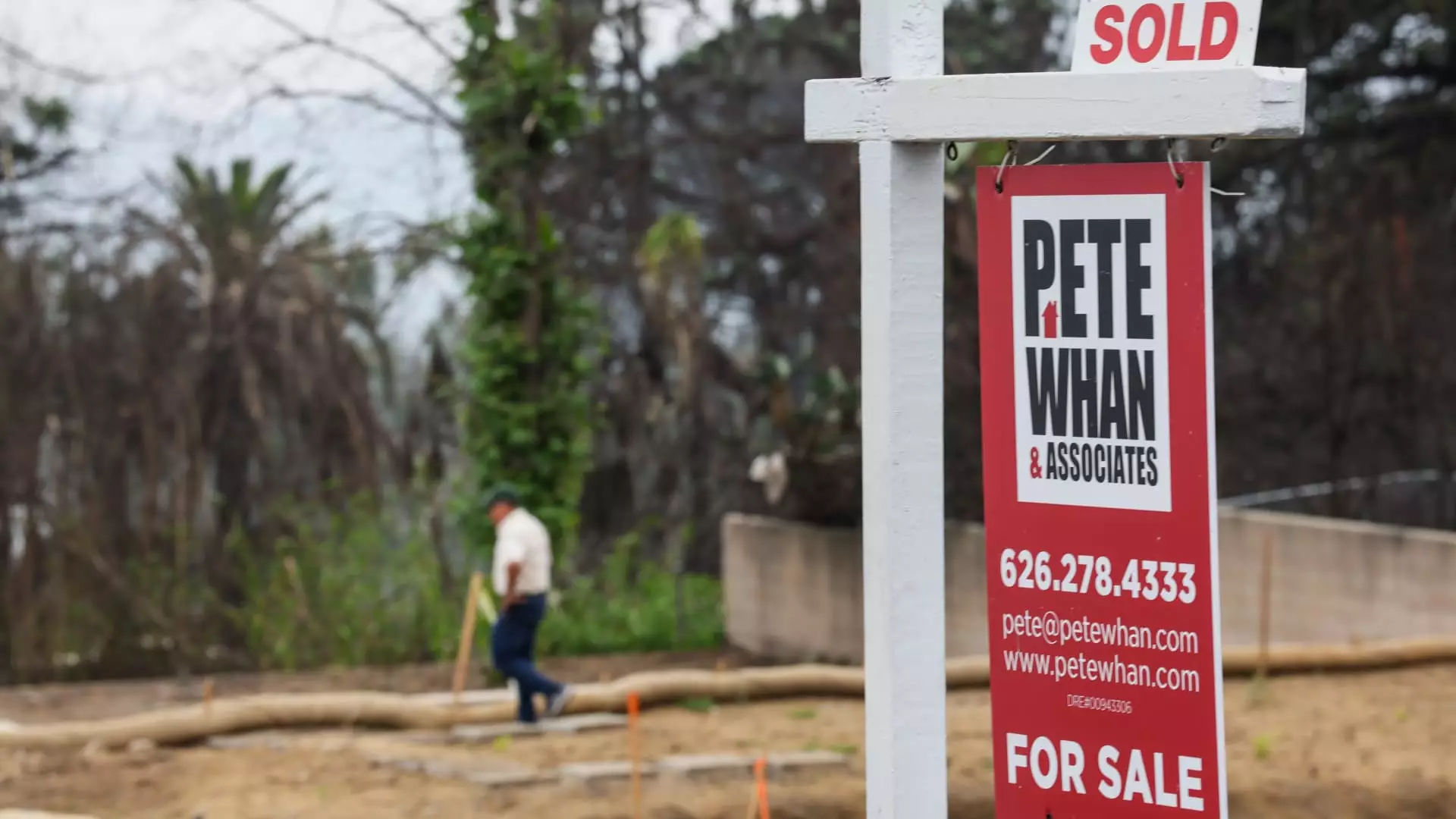The recent surge in Treasury yields signals more than just a momentary fluctuation; it exposes underlying anxieties within our national economy. As investors grow increasingly wary of escalating tariffs and potential trade conflicts, confidence wanes, prompting a sharp increase in borrowing costs. Mortgage rates, directly influenced by these broader market shifts, have climbed, marking a significant hurdle for prospective homeowners. This uptick starkly illustrates how our economic policies and geopolitical tensions ripple through everyday life, making the dream of homeownership even more elusive for many. The data shows that mortgage applications have plummeted by 10%, a clear sign that financial uncertainty is turning potential buyers away, reinforcing a market that is clearly shifting into caution mode.
Impact on Homebuyers and Market Dynamics
The rise in mortgage rates, from 6.77% to 6.82%, isn’t just a statistical anomaly; it’s a concrete barrier that dampens enthusiasm in a housing market already under strain. With purchase applications falling by 12%, the message is loud and clear: high borrowing costs are discouraging new homebuyers at a time when low inventory and stagnant prices should ideally create a seller’s market. Instead, we’re witnessing a retreat—not just from buyers but also from potential sellers who are increasingly hesitant to list their homes. This hesitation risks further constraining supply, leading to a possible stagnation that could hurt long-term market stability. Ironically, even as inventory increases, consumer demand wanes, underscoring that affordability remains the critical issue in today’s housing economy.
The Fragility of Refinance Opportunities
Refinancing—a vital financial tool for many homeowners—has also taken a hit, with applications declining by 7%. This decrease is driven by higher rates that dissuade existing borrowers from seeking better terms, especially among VA loan holders who are experiencing a 22% drop in refinancing activity. When borrowing becomes more expensive, the incentive to refinance diminishes, thus dampening a critical mechanism that can bolster household financial stability. Such trends threaten to choke off potential liquidity for homeowners trying to adapt to a rapidly changing economic environment. It’s a stark warning: when the cost of capital rises, it not only curtails new borrowing but also hampers existing financial strategies that depend on favorable interest rates.
Inflation and Trade Tensions: Catalysts for Instability
Despite recent inflation reports slightly surpassing expectations, mortgage rates continue their upward trajectory. This paradox reveals how external factors—particularly tariffs—are subtly influencing financial conditions. Internally, the economic landscape is strewn with contradictions: rising inflation pressures provide the rationale for cautious monetary policy, yet the internal data indicates that trade policies are siphoning off economic momentum. This disconnect leaves consumers and markets navigating a treacherous terrain—high inflation, restrictive trade policies, and mounting interest rates—each amplifying the uncertainty that impairs long-term planning. If policymakers fail to address these issues with decisive action, the fragile equilibrium supporting our housing market could be destabilized, leading to long-term economic hardship that disproportionately affects middle-income families.
A Critical Crossroads for Our Economy
The convergence of rising interest rates, trade tensions, and uncertain inflation signals a pivotal moment. Our economic choices—whether to prioritize growth, stability, or immediate political gains—will determine whether we foster a resilient housing market or succumb to a cycle of stagnation. It’s imperative that economic policymakers recognize the danger of succumbing to short-term fixes that exacerbate these problems. Instead, a balanced approach—one that values sustainable growth and safeguards affordability—must be prioritized. If we continue down this trajectory of uncertainty, the aspirations of countless families will remain just beyond reach, hindered by decisions made in rooms far removed from their daily struggles.

